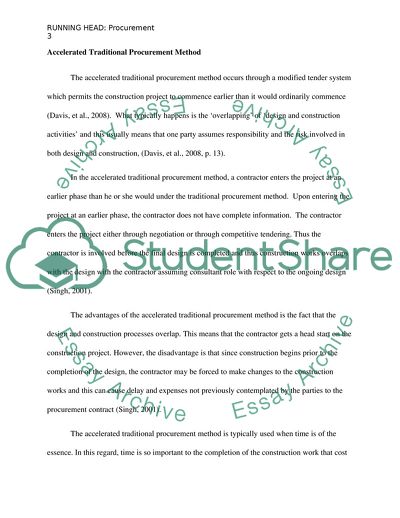Cite this document
(Procurement Methods in Construction Essay Example | Topics and Well Written Essays - 2250 words - 1, n.d.)
Procurement Methods in Construction Essay Example | Topics and Well Written Essays - 2250 words - 1. https://studentshare.org/engineering-and-construction/1853289-procurement-methods
Procurement Methods in Construction Essay Example | Topics and Well Written Essays - 2250 words - 1. https://studentshare.org/engineering-and-construction/1853289-procurement-methods
(Procurement Methods in Construction Essay Example | Topics and Well Written Essays - 2250 Words - 1)
Procurement Methods in Construction Essay Example | Topics and Well Written Essays - 2250 Words - 1. https://studentshare.org/engineering-and-construction/1853289-procurement-methods.
Procurement Methods in Construction Essay Example | Topics and Well Written Essays - 2250 Words - 1. https://studentshare.org/engineering-and-construction/1853289-procurement-methods.
“Procurement Methods in Construction Essay Example | Topics and Well Written Essays - 2250 Words - 1”. https://studentshare.org/engineering-and-construction/1853289-procurement-methods.


